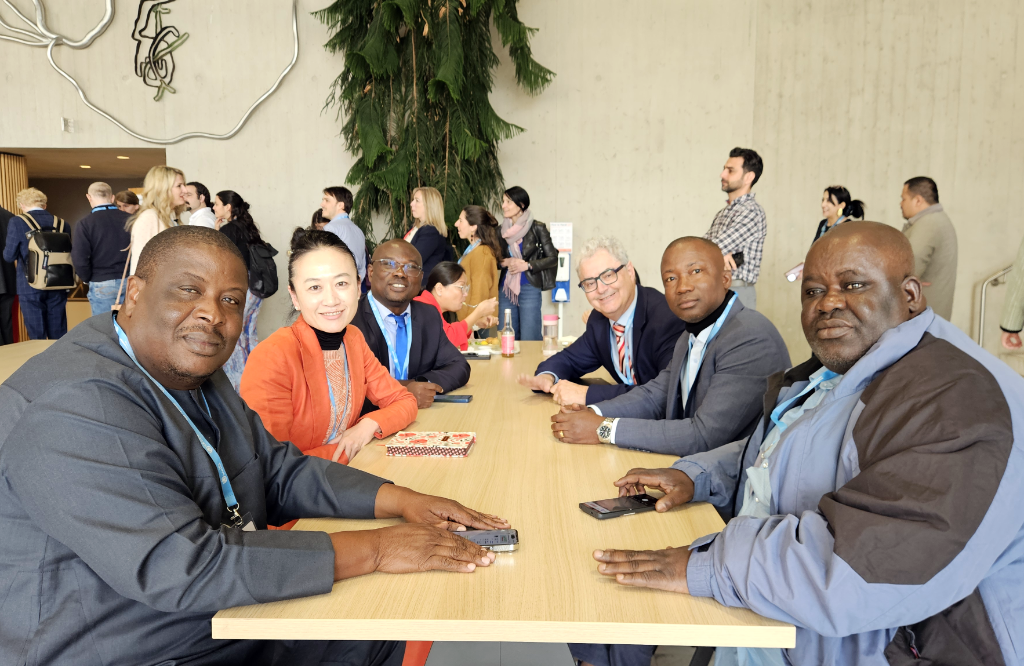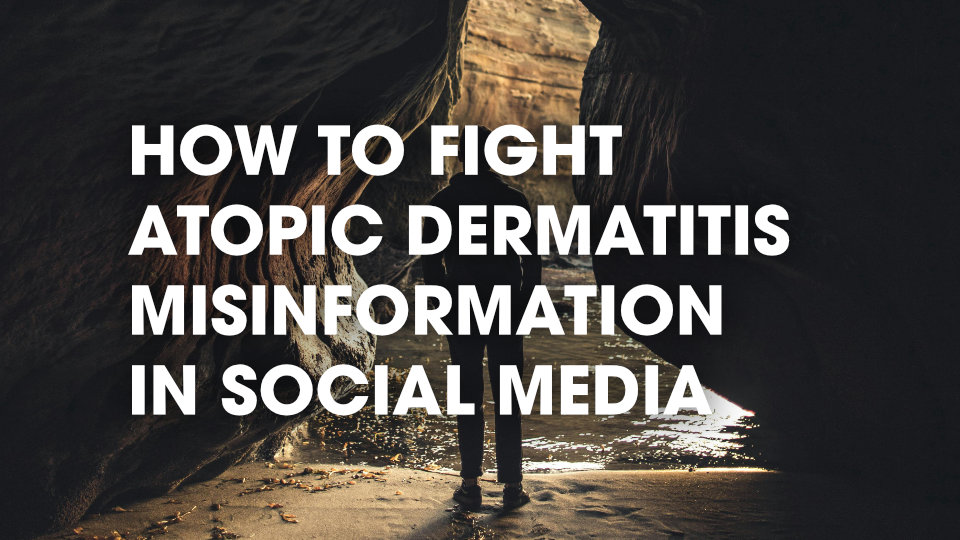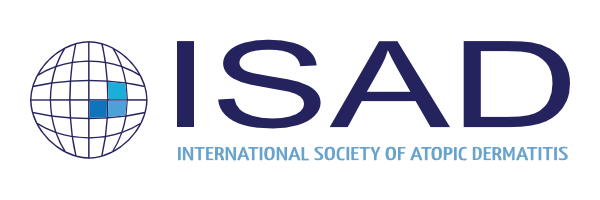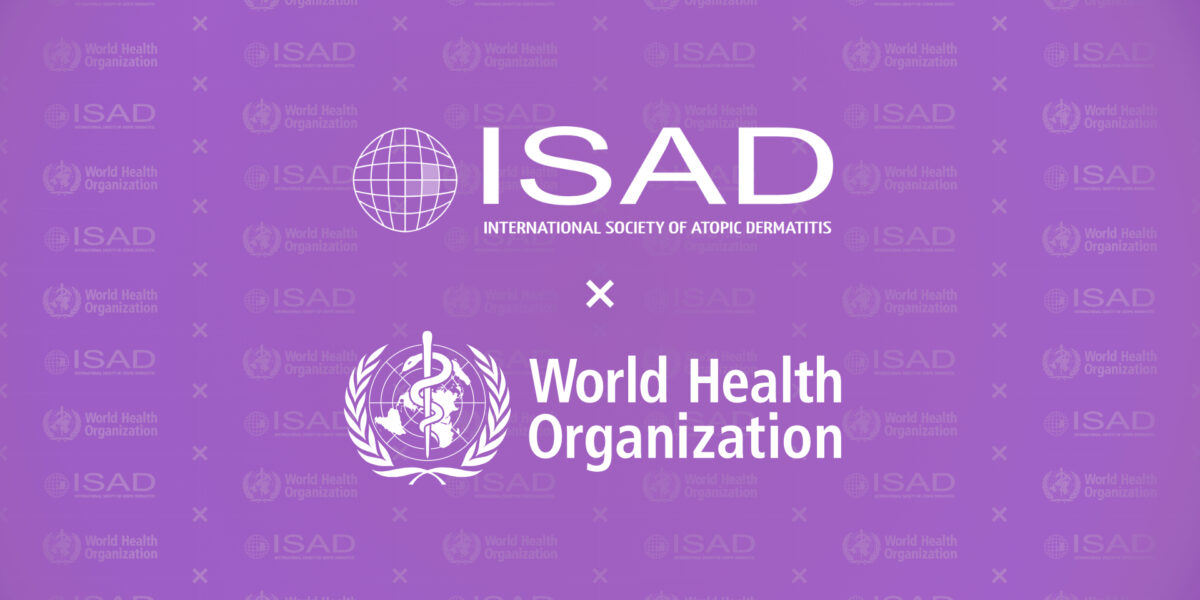Highlights from the WHO Global Meeting on skin NTDs
The much-anticipated Second WHO Global Meeting on Skin NTDs, held from March 24-26, 2025, at WHO headquarters in Geneva, provided a crucial platform to assess the progress made since the launch of the Strategic Framework for Skin NTDs in June 2022.
This framework sets ambitious goals for advancing universal health coverage and skin health for all, particularly through an integrated approach to the control and management of skin-neglected tropical diseases (NTDs)—a priority in many low- and middle-income countries.
Addressing Common Skin Conditions: A Critical Component of NTD Care
From the outset, experts recognized that combating skin NTDs cannot be successful without addressing common skin conditions that are widespread in endemic regions. Our society has been a strong advocate for this approach, supporting capacity building and improving access to affordable treatments for atopic dermatitis (AD) one of the most prevalent skin diseases worldwide.
As part of these efforts, we launched a highly successful training course on AD in English for black skin, aimed at primary healthcare providers. With over 3,000 enrollments in just three months, the program demonstrated the demand for specialized training. Unfortunately, the course was abruptly discontinued due to the transfer of the OpenWHO platform from Geneva to Lyon (WHO Academy).
As of now, the course and its translations into French, Spanish, and Portuguese remain unavailable online. Additionally, our ISAD proposal to list basic emollients for AD—recognized as a critical priority for affordability alongside topical corticosteroids—has now been shortlisted in the 2025 Essential Medicines List selection update.
The application is openly available online under the WHO Expert Committee on Essential Medicines as entry #A30.
Key Insights from the WHO Meeting
The data presented at the meeting reinforced the urgent need to address common skin conditions, which constitute the majority of dermatology-related primary care cases. Innovative digital tools were also discussed, including the WHO Skin NTD app (Android / iOS) and eSkinHealth app, which utilize AI-based photo recognition to assist healthcare workers.
While promising, these tools have limitations, particularly in recognizing non-localized skin diseases and in areas with limited digital infrastructure.
Integrated Approaches: Learning from Côte d’Ivoire
A standout presentation by Dr. Koffi and colleagues from Côte d’Ivoire showcased an integrated strategy for tackling skin NTDs alongside other prevalent skin conditions. This initiative, conducted across 60 villages co-endemic for Buruli ulcer and leprosy, involved active case finding and capacity-building for nurses.
The results were striking: 12,585 individuals with skin lesions were examined. Only 6.3% were diagnosed with skin NTDs, including leprosy (0.1%), Buruli ulcer (0.19%), yaws (0.1%), scabies (5.9%). A staggering 93.7% of cases were common dermatoses, with AD and other eczema variants being among the most prevalent.
Dr. Koffi emphasized that common skin diseases in NTD-endemic areas pose a significant health challenge due to the high disease burden and the lack of trained healthcare workers.
Moreover, focusing solely on NTD-listed diseases without integrating broader skin care risks stigmatization and inadequate treatment.
The discussion highlighted the urgent need for a more inclusive dermatological approach at the primary care level, despite the scarcity of dermatologists and limited therapeutic resources.

Discussion on an ISAD-proposed project aimed at simultaneously targeting scabies and atopic dermatitis (AD) through a mass drug administration (MDA) protocol using Ivermectin in Côte d’Ivoire.
From left to right: Prof. Mamadou KALOGA (Côte d’Ivoire, WHO Buruli Ulcer Program), Prof. Rie YOTSU (USA), Dr. Didier KOFFI (Côte d’Ivoire), Prof. Peter SCHMID-GRENDELMEIER (Switzerland, ISAD), Dr. Aboa Paul KOFFI (Côte d’Ivoire), and Dr. Agui Sylvestre DIZOE (Côte d’Ivoire, WHO Leprosy Program).
Moving Forward: The Call for a More Comprehensive Strategy
The meeting underscored a clear message: tackling skin NTDs in isolation is neither ethical nor effective. A holistic, integrated approach—one that encompasses both NTDs and common skin conditions—is essential for achieving meaningful and sustainable improvements in global skin health. Our society remains committed to supporting this vision through training, advocacy, and expanding access to essential treatments in the field of AD.
We will continue to push for the inclusion of AD and allergy within the broader framework of global health efforts especially future initiatives aimed at strengthening dermatological care in underserved communities.
REGISTER NOW!

Misinformation in AD: influence of social media
On April 4th at 3pm CEST (Zürich time), our 2025 spring live symposium will discuss the influence of social media on misinformation in AD.
Please register now!
RAJKA 2025 Important dates

THE PRELIMINARY PROGRAM IS ONLINE!
Get ready for our next Rajka ISAD symposium in Melbourne!
- Registration system starts in late April
- Call for Abstract opens from May to mid-July (notification of acceptance in late August)
- Meeting from October 24 to 26, 2025
#StayInformed:
Explore the Latest in AD Research!
News on PubMed:
Dive into our curated selection of cutting-edge studies from PubMed, offering valuable insights into various aspects of Atopic Dermatitis:
- Crusted Scabies and Dupilumab: A Case from Brazil
- Seasonal Severity of AD by Birth Season: What’s the Culprit?
- Primary Atopic Disorders (PADs): When Should This Be Considered?
- Sodium-Glucose Cotransporter 2 Inhibitors (SGLT2i) Lower the Risk of New-Onset Atopic Dermatitis in Diabetic Patients: Another Clue in the Salt Debate?
- Targeting the OX40-OX40L Pathway: A New Era in AD Management?


